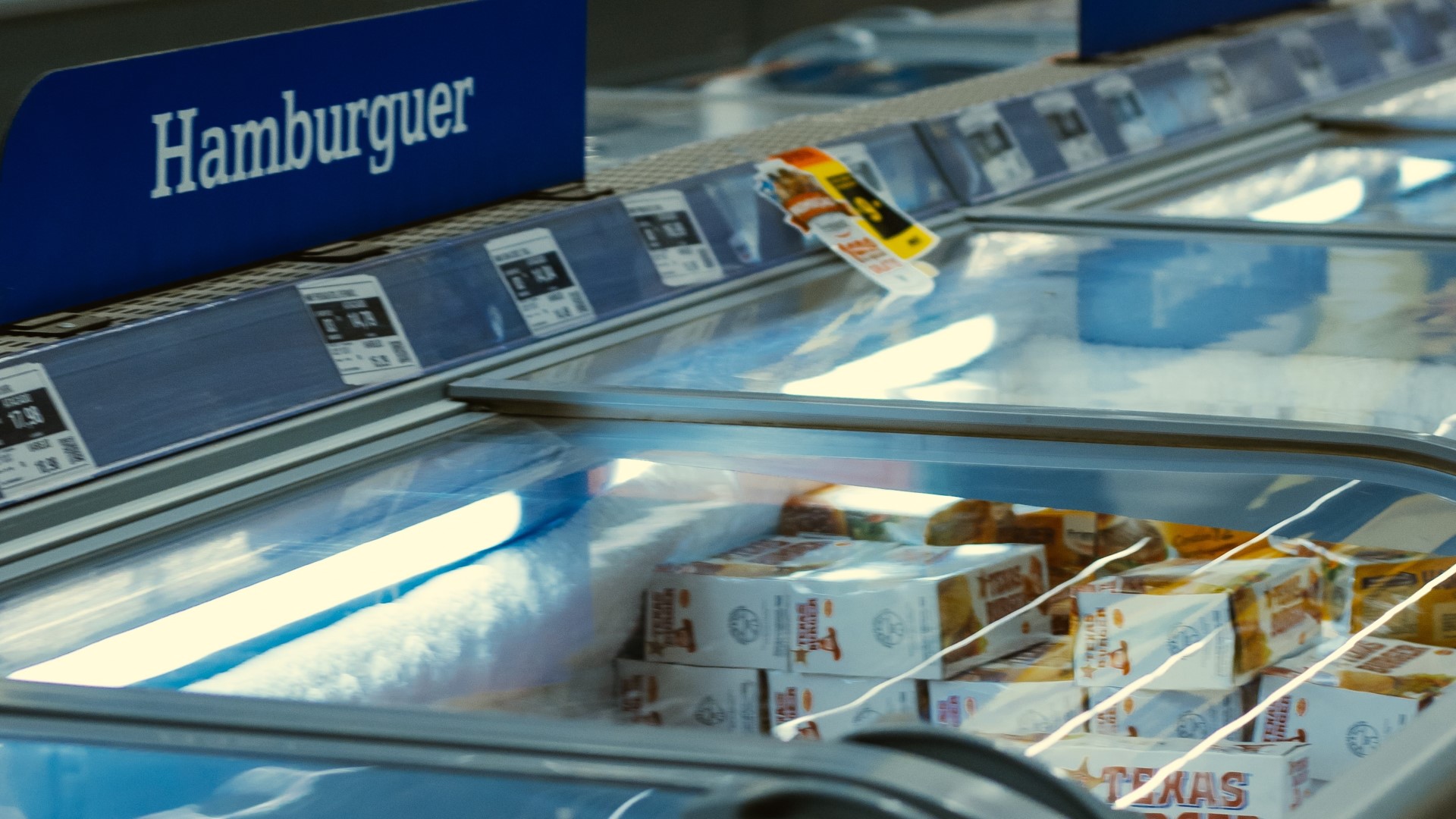Buying Guide to Choosing the Perfect Commercial Chest Freezer
Dive into our ultimate guide as we simplify the process of choosing a commercial chest freezer. Discover the importance of factors such as size, temperature control, and durability. Navigate the world of commercial freezers with confidence, here’s everything you need to know!

In the world of commercial kitchens, convenience stores, and bustling canteens, one can scarcely understate the importance of a commercial chest freezer. These mighty cooling giants not only offer an efficient way to store large quantities of goods but also help maintain the quality of your products, enhancing their shelf life. Choosing the perfect commercial chest freezer, however, can be a daunting task, especially with the myriad of options available in the market.
Let’s dive into a comprehensive buying guide that will help you make a calculated choice for your commercial chest freezer.
Understanding the Basics of a Commercial Chest Freezer
Chest Freezers are typically large, cooled spaces used for storing a variety of goods, including vegetables, meats, dairy items, and much more. These freezers maintain a uniformly cold temperature that helps prolong the life of perishable goods significantly.
Differences Between Commercial and Regular Chest Freezers
Commercial freezers are generally larger than residential freezers. For instance, an average household freezer can hold about 100 litres, while a commercial-grade freezer can hold up to 587 litres of food.
Temperature control is another notable difference. Commercial freezers typically come with digital temperature controls for precise settings, ensuring the stored food maintains its quality and safety. On the other hand, residential freezers tend to lack this level of precision.
The overall design of commercial freezers also distinguishes them from residential models. Unlike residential units, which usually feature hybrid designs with compartments for refrigeration and freezing, commercial freezers are primarily designed for freezing large quantities of goods.
Lastly, commercial freezers are typically more expensive, with prices around 2.5 times higher on average than residential freezers. However, they are often more durable and energy-efficient, which could be beneficial for catering businesses and restaurants.
Detailed Size and Capacity Specifications for Commercial Chest Freezers (Metric Measurements)
Commercial chest freezers come in various sizes and capacities. To offer a more tailored guide, find below a comprehensive breakdown using metric measurements:
Small Commercial Chest Freezers
- Capacity: 140-280 litres
- External Dimensions (approximate): Width: 73-116 cm, Depth: 56-81 cm, Height: 86-101 cm
- Ideal For: Small restaurants, cafes, and food trucks with limited storage needs
Medium Commercial Chest Freezers
- Capacity: 310-560 litres
- External Dimensions (approximate): Width: 119-162 cm, Depth: 76-93 cm, Height: 86-106 cm
- Ideal For: Mid-sized restaurants, caterers, and corner shops with moderate storage requirements
Large Commercial Chest Freezers
- Capacity: 590-850 litres
- External Dimensions (approximate): Width: 165-203 cm, Depth: 83-101 cm, Height: 86-111 cm
- Ideal For: Large restaurants, supermarkets, and food production facilities with high storage demands
Extra-Large Commercial Chest Freezers
- Capacity: 880+ litres
- External Dimensions (approximate): Width: 205+ cm, Depth: 89+ cm, Height: 91-117 cm
- Ideal For: Warehouses, cold storage units, and large food processing facilities with extensive storage requirements
These specifications are approximate and may vary depending on the brand and model of the commercial chest freezer. Make sure to evaluate your specific requirements before making your purchase. It’s always advisable to measure the space where you plan to install your freezer, ensuring it perfectly matches the freezer’s external dimensions.
Energy Consumption and Energy Ratings in Ireland
In Ireland, energy consumption and energy efficiency ratings of commercial appliances like chest freezers are standardised across the EU, providing consumers with the chance to make comparisons before making a purchase.
Energy Consumption
The energy consumption of a chest freezer is primarily given in kilowatt-hours per year (kWh/year). This figure represents the amount of energy the freezer will consume under standard usage conditions over the course of a year.
For example, a small chest freezer might have an energy consumption of around 150 to 200 kWh/year. In contrast, a larger unit might consume 350 to 400 kWh/year or more. The exact consumption will depend on various factors including size, brand, model, and technology used.
Energy Ratings
In Ireland, appliances (including chest freezers) are given an energy efficiency rating on a scale from A to G, as part of the EU Energy Label scheme. A higher rating (closer to A) indicates better energy efficiency.
However, in March 2021, the EU made some changes to its energy labelling scale. The new scale simplifies ratings by getting rid of the “A+”, “A++”, and “A+++” ratings and just sticking to “A” through “G”.
The rating system takes a variety of factors into account, including the capacity of the freezer, energy consumption, and any extra energy-saving technologies used in the appliance.
Keep in mind that even small differences in energy efficiency can result in significant cost and energy savings throughout the lifetime of the appliance.
Reading Reviews and Asking For Expert Advice
Choosing the perfect commercial chest freezer is no small task. However, armed with this guide, you now have the information you need to decide with confidence. Keep in mind the considerations listed here, and you can’t go wrong. Happy shopping!
